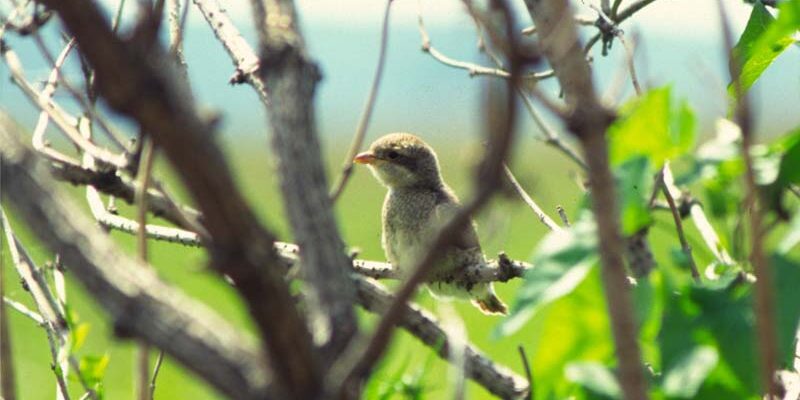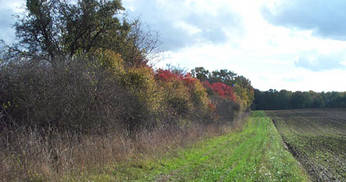Hedges
Background
Hedges were once an indicator of private ownership and were used to fence off meadows. They were important elements of our cultural landscape but with the increase of farmlands and increased mechanisation they lost their original meaning.
In many places, it is common to remove hedges. Along with their removal, the twittering of birds and the diversity of breeding species in hedges has also disappeared. The Yellowhammer (Emberiza citrinella), the Nightingale (Luscinia megarhynchos), the Red-backed Shrike (Lanius collurio) and the Barred Warbler (Sylvia nisoria) are only a small part of our native hedge-breeding birds.
Hedges are also pleasant for us humans. As they create visual accents in large landscapes, we too tend to appreciate them.


